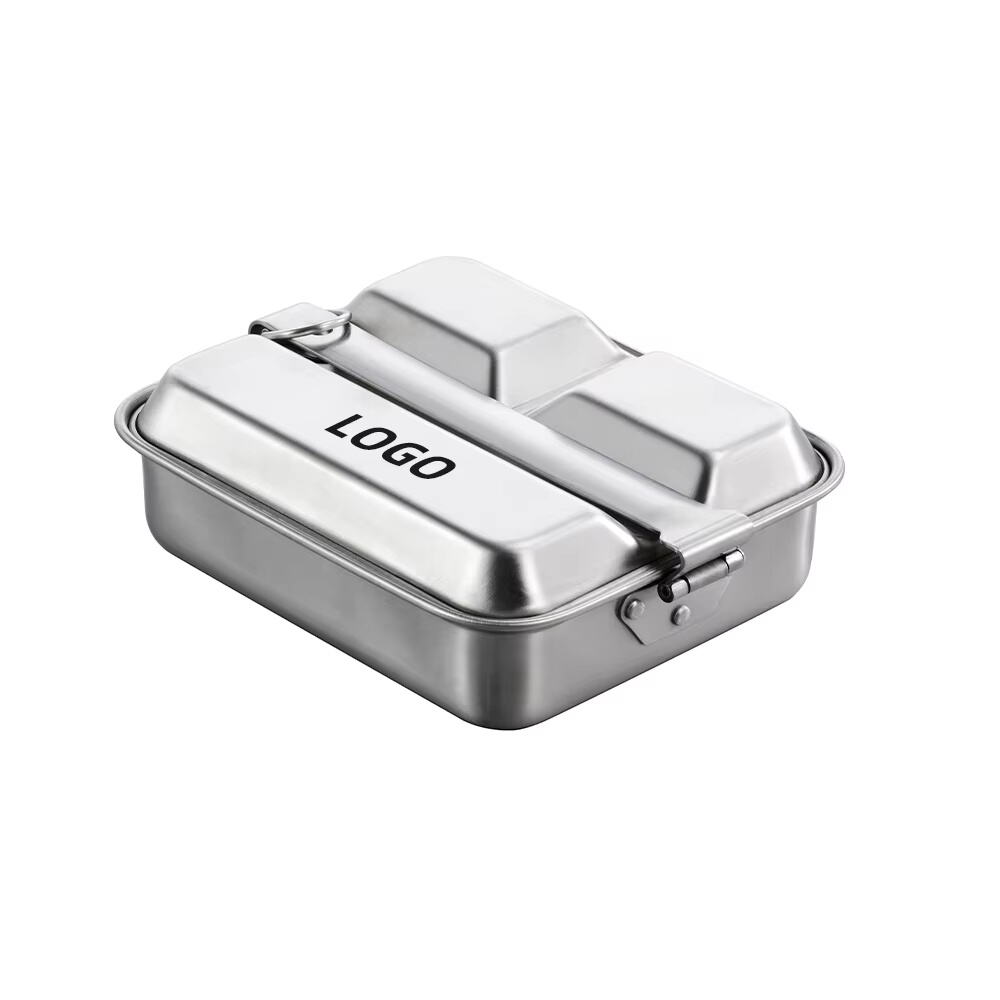How Do I Clean and Maintain My Mess Kit Properly?
Keep Your Outdoor Gear Clean and Functional
A mess kit is an essential companion for anyone who enjoys camping, backpacking, or spending time in the great outdoors. It serves as your all-in-one cooking and dining solution, often including pots, pans, plates, cups, and utensils. But no matter how high-quality your gear is, it won't last long without regular care. Knowing how to clean and maintain your mess kit properly is the key to keeping it functional, hygienic, and ready for every trip.
Taking proper care of your mess kit not only ensures food safety but also extends its lifespan and keeps your pack organized. Let’s explore the best ways to care for your mess kit and the common mistakes to avoid.
Establishing a Routine in the Field
Use Biodegradable Soap and Warm Water
After each meal, clean your mess kit using warm water and a mild, biodegradable soap. This practice is both environmentally responsible and effective in removing grease and food particles. If warm water isn’t available, even cold water can help prevent residue buildup when used promptly.
Rinse and Wipe Immediately After Use
Don’t wait until food dries on the surface. Rinsing and wiping your mess kit right after eating helps reduce cleaning time and keeps insects away. If your kit includes non-stick components, use a soft sponge or cloth to avoid damaging the coating.
Deep Cleaning After Outdoor Trips
Soak Components to Remove Stubborn Residue
Once you’re back from your trip, give your mess kit a thorough clean. Soak pots and pans in warm, soapy water to loosen any stuck-on food. For stainless steel items, a mix of baking soda and vinegar can help restore shine and eliminate odors.
Sanitize for Health and Safety
You can sanitize your mess kit by boiling the metal components in water for a few minutes. This step is especially useful after long or remote trips where you may have been exposed to untreated water or dirt. Avoid using harsh chemicals that might leave harmful residues.
Proper Drying and Storage Techniques
Air Dry Thoroughly Before Storing
Even a few drops of moisture left inside your mess kit can lead to mold or rust, especially in humid climates. Always air dry each part completely before packing it away. Place them on a clean towel or hang them in a well-ventilated area.
Avoid Sealed Plastic Bags
Storing your mess kit in sealed plastic bags traps moisture and creates an environment perfect for bacteria and mildew. Instead, use a mesh pouch or cloth wrap to protect the kit while allowing airflow. This keeps your gear clean and dry between uses.

Maintenance Tips for Long-Term Use
Check for Wear and Tear
Before and after every trip, inspect each part of your mess kit for cracks, dents, rust, or damage to non-stick surfaces. Catching issues early prevents larger problems later and helps ensure safe food preparation outdoors.
Apply Oil to Hinged or Folding Parts
Some mess kits come with folding handles or clips. If yours does, apply a small amount of food-safe oil to moving joints to prevent corrosion and keep them functioning smoothly over time. This small habit goes a long way toward long-term durability.
Why Consistent Care Makes a Difference
A well-maintained mess kit is more than a convenience—it’s a necessity in the wild. Neglecting cleaning can lead to spoiled meals, bacterial risks, and expensive replacements. Just a few extra minutes spent rinsing, drying, and inspecting your gear can ensure reliable performance on every adventure.
In addition to hygiene, caring for your mess kit also promotes sustainability. The better you care for your gear, the fewer replacements you’ll need—saving money and reducing environmental impact.
FAQ
How often should I clean my mess kit while camping?
You should clean it after every use. Leaving food on the mess kit can attract wildlife, encourage bacteria growth, and make cleaning more difficult later.
Can I put my mess kit in a dishwasher at home?
It depends on the material. Stainless steel parts are often dishwasher safe, but plastic or non-stick components may warp or degrade. Always check the manufacturer's recommendations.
What should I do if my mess kit develops rust?
For minor rust on stainless steel, scrub gently with a paste of baking soda and water. Dry the kit completely and consider applying a small amount of food-safe oil to prevent future rusting.
Is it necessary to boil my mess kit after every trip?
Boiling is not always required, but it's a good idea for deep cleaning—especially if you suspect contamination from dirty water sources. Otherwise, hot soapy water and thorough drying should be sufficient.
 EN
EN
 AR
AR
 BG
BG
 HR
HR
 CS
CS
 DA
DA
 NL
NL
 FI
FI
 FR
FR
 DE
DE
 EL
EL
 IT
IT
 JA
JA
 KO
KO
 NO
NO
 PL
PL
 PT
PT
 RO
RO
 RU
RU
 ES
ES
 SV
SV
 TL
TL
 IW
IW
 ID
ID
 SR
SR
 SK
SK
 UK
UK
 VI
VI
 SQ
SQ
 HU
HU
 TH
TH
 TR
TR
 MS
MS
 GA
GA
 CY
CY
 IS
IS
 HY
HY
 AZ
AZ
 KA
KA

